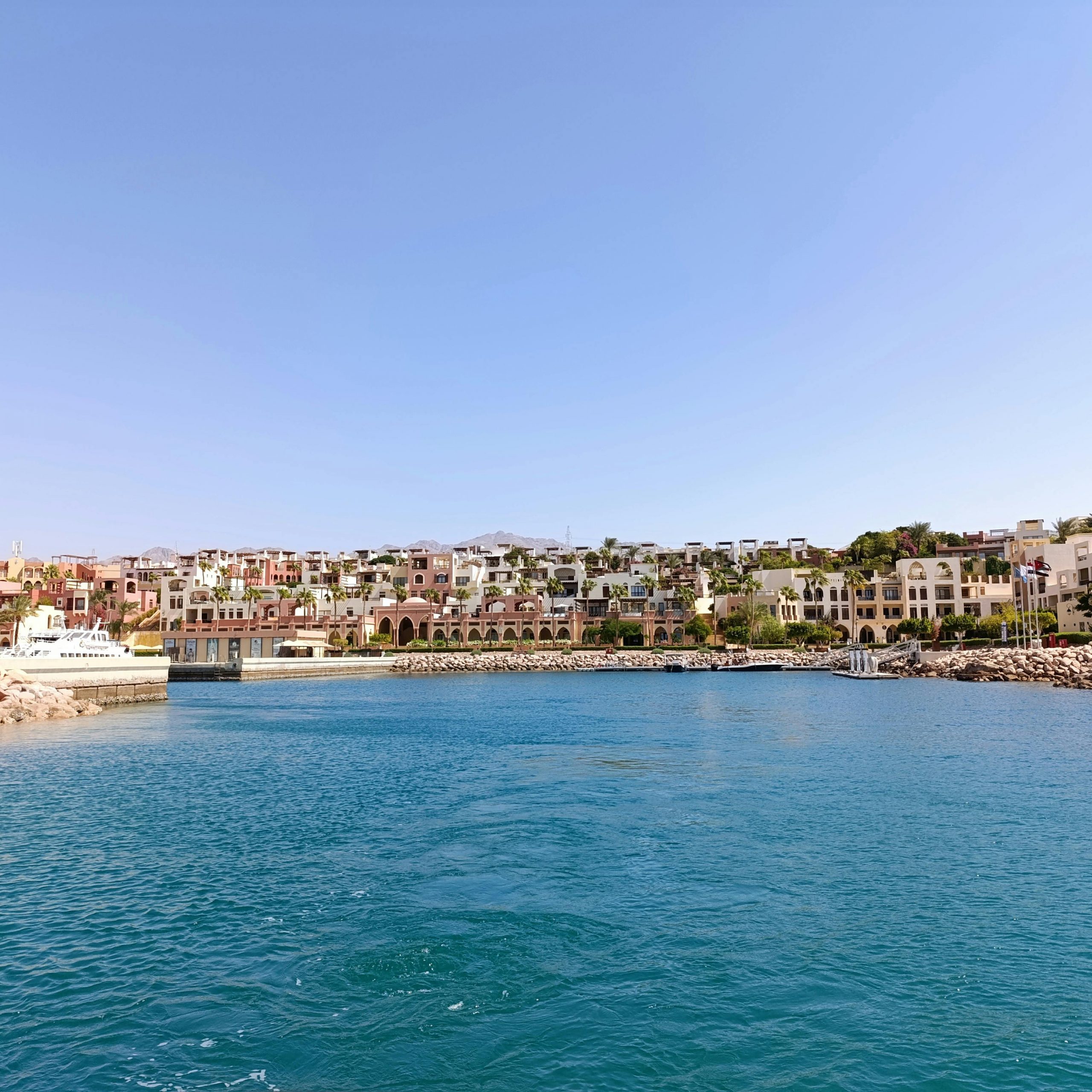Wadi Mujib is one of Jordan’s most famous attractions and an unforgettable experience, but one should not go unprepared.
Perfect for adventure-seekers looking to spice up an otherwise cultural and historic visit to Jordan, Wadi Mujib is one of the absolute top destinations for the Jordanian traveler. Nearly everyone who goes to Wadi Mujib says it is one of the absolute top highlights of their Jordanian trip and even ex-pats living in Jordan try to go at least once a year to the region.
Don’t know what it is? Well, you’re missing out. Wadi Mujib is a breathtaking canyon that follows the Mujib River. It is the world’s lowest-elevation nature reserve and an engrossing natural landmark that many have called the Grand Canyon of Jordan. Hikes and trails abound throughout Wadi Mujib, which spans 70 kilometers and includes the entire Mujib Biosphere Reserve. It’s famous not only for its stunning scenic landscapes but also for the rich variety of plant and birdlife that makes its home alongside the running waters. But it can also be a source of confusion to an incoming new tourist, who often does not know very important and relevant pieces of information that could make or break their adventure.
Don’t let that happen to you. This is why we at Zaman Tours have written this article: to ensure your trip to Wadi Mujib is as flawless as it should be. These nine tips will clear up any confusion you may have before going there, and more importantly ensure that you can instead keep your focus on the most important thing: having a good time.
1. There are three different types of hikes
There’s no one “Wadi Mujib Jordan” experience, and in fact, three different treks exist that each tailor to the different traveler.
The Wadi Mujib Siq Trail is by far the most popular trail for tourists and it’s easy to understand why. It’s the shortest of the three trails, lasting only about 2-3 hours. In terms of Wadi Mujib’s difficulty, it’s also the easiest of them all. But by no means does it skimp out on the experience. Instead, hikers are treated to an absolute picturesque trek throughout the canyon waters that end with scaling and swimming next to a large waterfall. Travelers spend most of the time within the river, which varies from being ankle-deep to waist-high depending on the recent rain levels. It’s also the only trail that you can hike without having to hire a guide, making it preferred by some of the more adventurous travelers who prefer to go solo or stick with their friend groups.
The Canyon Trail is also extremely popular and lasts for around three to four hours. After taking you through a series of hills, it follows an opposite route of the Mujib River and brings you to the top of a 20-meter waterfall. Here, guides will help you expertly climb down. Afterward, visitors will follow the river much like the Siq Trail as they return to the Visitors Center, being able to experience the rich canyon depths and native wildlife that flourish along the gorge. This hike is more difficult than the Siq Trail, but still should be extremely doable to the vast majority of individuals.
Seeking the full-day experience? Wanting to make the absolute most of your time at Wadi Mujib? The Malawi Trail is the most difficult of the three trails, oftentimes taking between 5-7 hours. But we often hear from those who take it that it was their favorite of the three hikes. Like the Canyon Trail, visitors will follow rugged white hills until they reach inside the canyon and descend the waterfall. Malaqi is Arabic for the confluence where two rivers meet, and you will come to this intersection of the Hidan and Mujib Rivers before returning to the Visitors Center. One of the best parts of this trip is the hour-long lunch break that you have after reaching the “Malaqi”, meaning you can relax and swim to your heart’s content in these cool, refreshing waters.
2. You should know how to swim
Knowing how to swim is an absolute must. While many tour sites and blogs will tell you that swimming is not required, and they are right in the sense that you *might* not need to, you will likely fall into the water by accident at least once during the trip. The rocks by the water are slippery and you will have to hike over large rocks and even waterfalls.
Although lifejackets are provided, we know instances where they have not worked and other people have had to jump in to rescue others. Wadi Mujib is not dangerous as long as you know how to swim, but you need to make sure to fulfill that requirement.
3. Bring the right clothing and waterproof bags
Unfortunately, hundreds of trips to Wadi Mujib have started with laughter and excitement only to end in frustration. The Wadi Mujib landscape can be very tricky at times and it can be easy to fall inside the water. Make sure to bring a waterproof bag and provide an extra layer of protection by carrying your phone, wallet, and other valuables inside a sealed ziplock bag. The Visitor Center provides waterproof bags on site but these are not always reliable, and we have had friends who have had phones and wallets permanently destroyed because they used this equipments and water nevertheless got in. Reliable lockers, however, do exist within the center where you can safely store your belongings.
Wear comfortable clothing that you expect to get wet (and are okay with getting wet). Small pebbles and rocks oftentimes get into the soles of your shoes, so make sure to bring sturdy, hard shoes you are okay with getting messy. Ensure that your boots or shoes do not lose traction easily. We do not recommend bringing sunglasses or a hat. They can easily get lost or ruined during the hike.
4. There’s an age limit
Don’t bring children to the nature reserve because they will not be able to get in. That’s right, Wadi Mujib’s age limit is 18, and for good reason. As we have said, the trails can be tricky, especially if it follows a period of heavy rain during the winter. During these times the waters are faster and deeper than normal, and the rest of the trail grows accordingly more dangerous. Plan a romantic adventure, a fun get-away, or just an exhilarating night with the boys. But make sure everyone is at least 18.
5. There’s no public transportation to Wadi Mujib
You won’t be able to take a bus to Wadi Mujib and taking a taxi is way too prohibitively expensive. Instead, there are two great options for you to get to your favorite adventure spot in Jordan. If you are coming to Amman or another major city, there are plenty of private car rentals that you can take. This is not only a great way to get to the nature reserve but is also a fantastic way to enjoy driving alongside Jordan’s beautiful hills, mountains, and coast. You will need to have a valid driver’s license from your country of origin and have to refill the gas tank, which will cost you more money than renting the car itself due to gas prices being high in Jordan.
Alternatively, there are plenty of fantastic tours you can book with travel agencies that provide transportation. Zamaan Tours, for instance, offers tours that cover both transportation and the entrance fee. You can find pre-made tours here on our website or make your own custom travel plan from wherever you are.
6. There are going to be lots of people if you go between April-November
Wadi Mujib is a huge tourist attraction and has hundreds of people traverse the river every day. This is particularly true during the peak summer months when plenty of tourists come in for their summer vacations. Even the best tourist or adventure site can become a bit less exciting when it is swamped by tourists and we recommend that you try to avoid that. The easiest solution is to show up early regardless of the season you decide to show up. The Visitors Center opens at 8:00 AM and you can start any of the tours nearly right away. It will also make the hot weather early in the hike more bearable, although of course, the trek becomes much cooler anyway as you get quickly draw closer to the water.
7. Check the weather
Wadi Mujib is closed any day where there is rain and oftentimes if there was significant rain the day before. In fact, it’s well known that Wadi Mujib is closed during the winter, but this is not just because it is cold but also because it rains frequently.
Fortunately, if you’re going during the summer months, you’re practically guaranteed to be able to enter because it rarely rains during the hot dry summer. Watch out during the fall and spring, however, because it can rain infrequently. This past year, for instance, we had frequent rain all the way up until April! Check the weather to make sure you don’t waste a day-trip to Wadi Mujib.
And by the way, don’t worry about the temperature. Even during the hottest summer days, the climate feels extremely cool and refreshing as you embark upon your hike and draw closer near the flowing waters. That’s part of the famous Wadi Mujib weather that attracts so many tourists even during peak blistering temperatures.
8. You might need a guide
Wadi Mujib is a spellbinding experience, but it’s also one that can require expertise in navigation. In fact, if you decide to take any of the designated tours from the Visitors Center beside the Siq Trail you will be required to hire one. Throughout the different hikes, you will traverse large rocks, scale a 20-meter waterfall, and navigate for hours alongside the river. Even for the Siq Trail, we recommend taking a guide unless you are in a large group with several strong people to help out in case of a rare but vital emergency.
9. Plan what you are doing afterward
It’s an absolutely amazing experience, but it will definitely take the breath out of you by the end. This is particularly true if you decide to take longer hikes such as the Canyon or Malaqi Trails. To end the day perfectly, we recommend planning a fun, relax night to supplement the amazing day adventure.
One perfect ending is to travel to the Dead Sea and enjoy alongside the beach, where you can experience effortless floating in the salty waters and rubbing Dead Sea mud all along your body (known to have healing and medicinal properties). There are plenty of hotels near the Dead Sea where you can rest in comfortable beds to finish off the day. We’re not sure you can beat this. I mean, after all: Wadi Mujib? The Dead Sea? Sounds to us like an unforgettable day.
Wadi Mujib is an absolute must. It’s a great way to add the spice of adventure to the rest of the culture and history that you will experience traveling across Jordan. With these tips and tricks, you can come to Wadi Mujib without having to worry about anything except simply having fun and basking in the wonders of the Grand Canyon of Jordan.
Have any questions? Have you been to Wadi Mujib? Share your thoughts and comments below hand.


